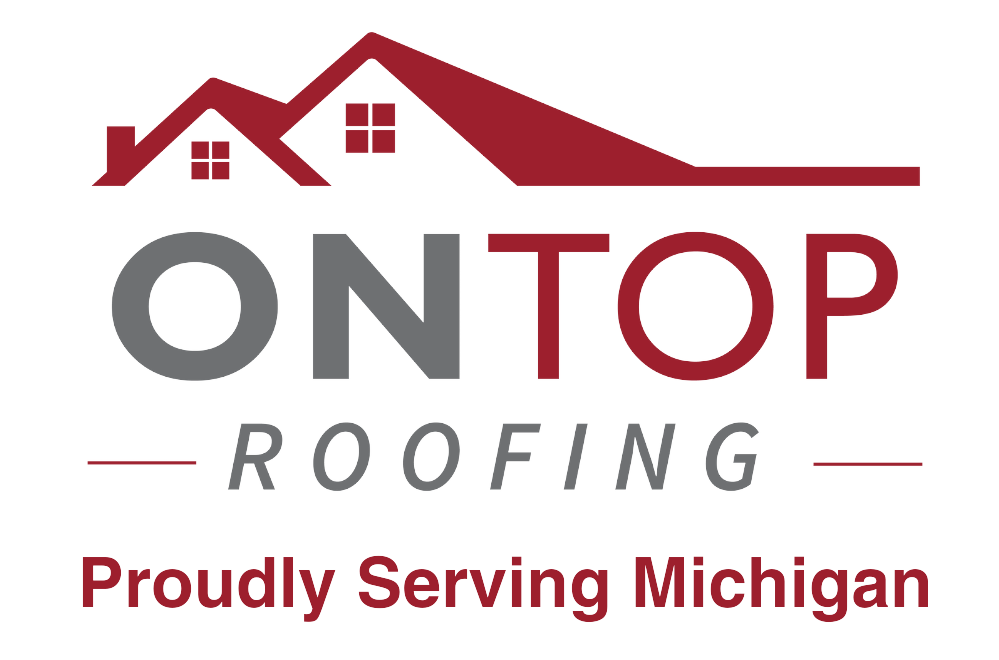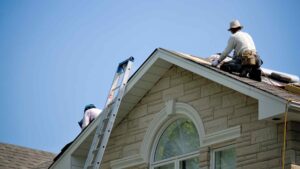
How to Choose the Right Roofing Contractor: Questions to Ask
When it’s time for a roof repair or replacement, finding the right roofing contractor is one of the most important decisions you’ll make. A poorly
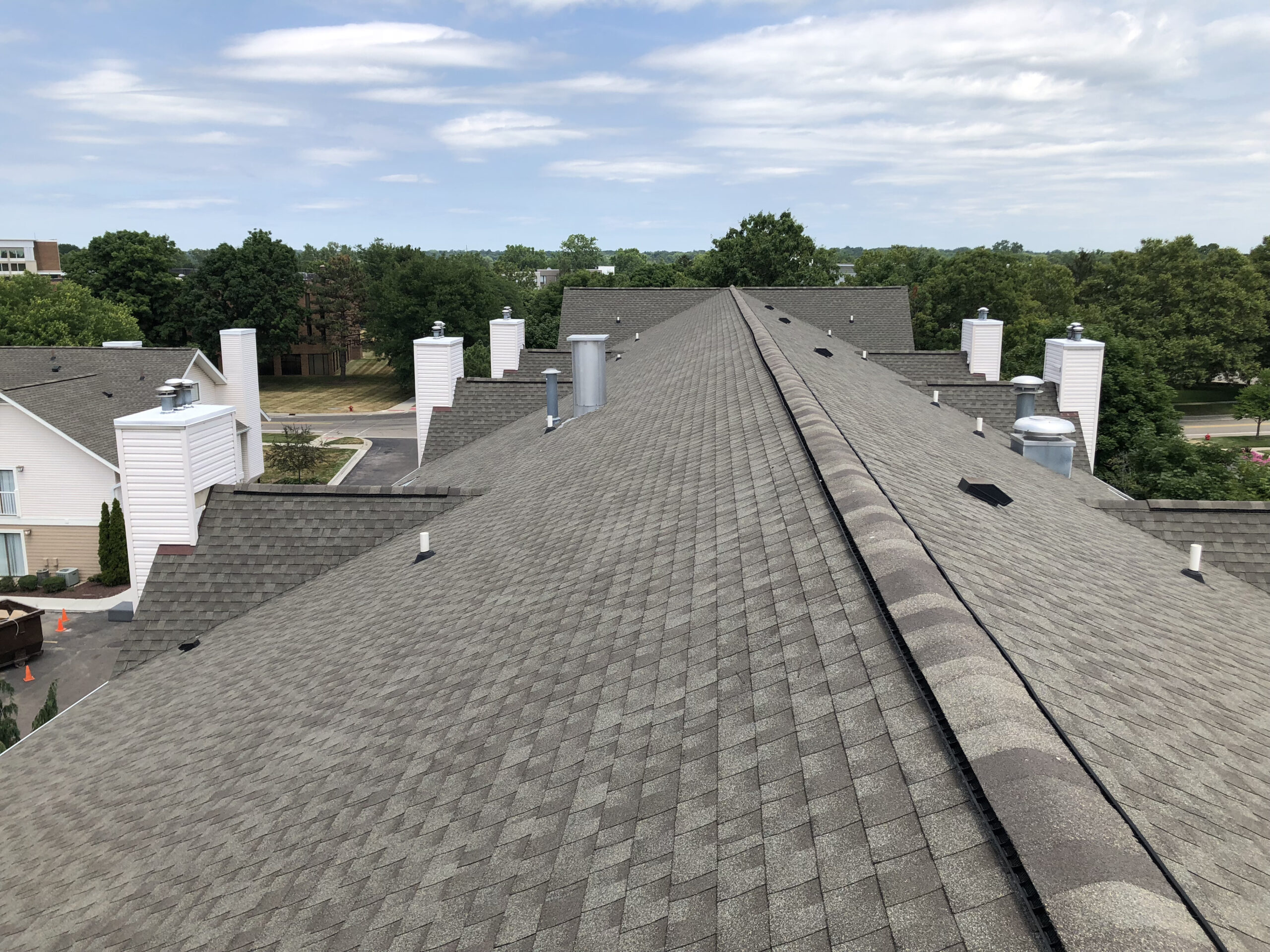
It shields you and your family from rain, snow, wind, and sunlight. However, over time, exposure to weather and wear and tear can take a toll on your roof’s integrity, leading to issues that require prompt attention. Recognizing the signs your roof needs repair can help prevent more extensive damage and costly repairs down the line. Here are the top 10 signs your roof needs repair:
In conclusion, recognizing the signs that your roof needs repair is essential for maintaining the integrity and longevity of your home’s roofing system. By keeping an eye out for these common issues and addressing them promptly, you can prevent more extensive damage and ensure that your roof continues to protect your home for years to come. If you notice any of these signs or have concerns about the condition of your roof, don’t hesitate to contact a qualified roofing contractor for assistance.

When it’s time for a roof repair or replacement, finding the right roofing contractor is one of the most important decisions you’ll make. A poorly
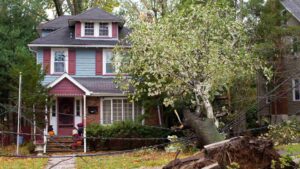
Severe storms can cause significant damage to your home’s roof, leaving you with immediate repair needs and long-term concerns about the integrity of your home.

Commercial properties, with their larger and more complex roofing systems, require a different level of maintenance compared to residential roofs. A well-maintained roof can save
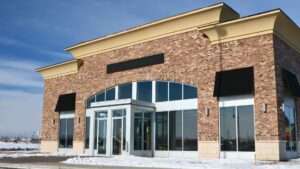
Michigan’s weather is notoriously unpredictable, with its intense winters, strong winds, and occasional hailstorms. These fluctuating conditions present unique challenges to commercial roofing systems. Understanding
"*" indicates required fields
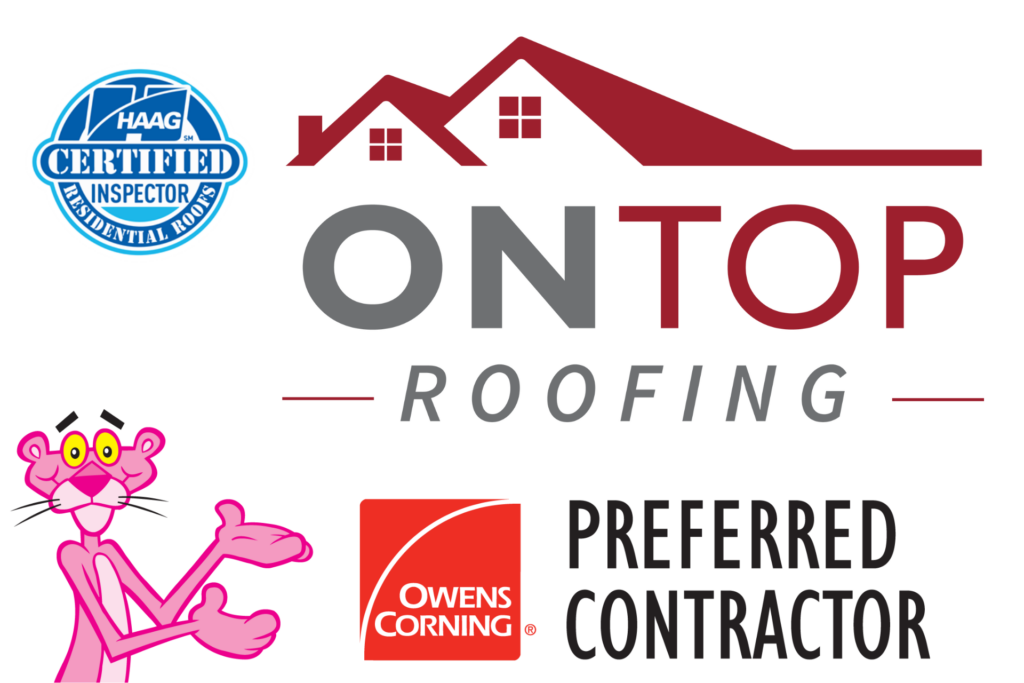
Take advantage of our free inspection and free second opinion offer and receive a complimentary estimate for any new installation service.
